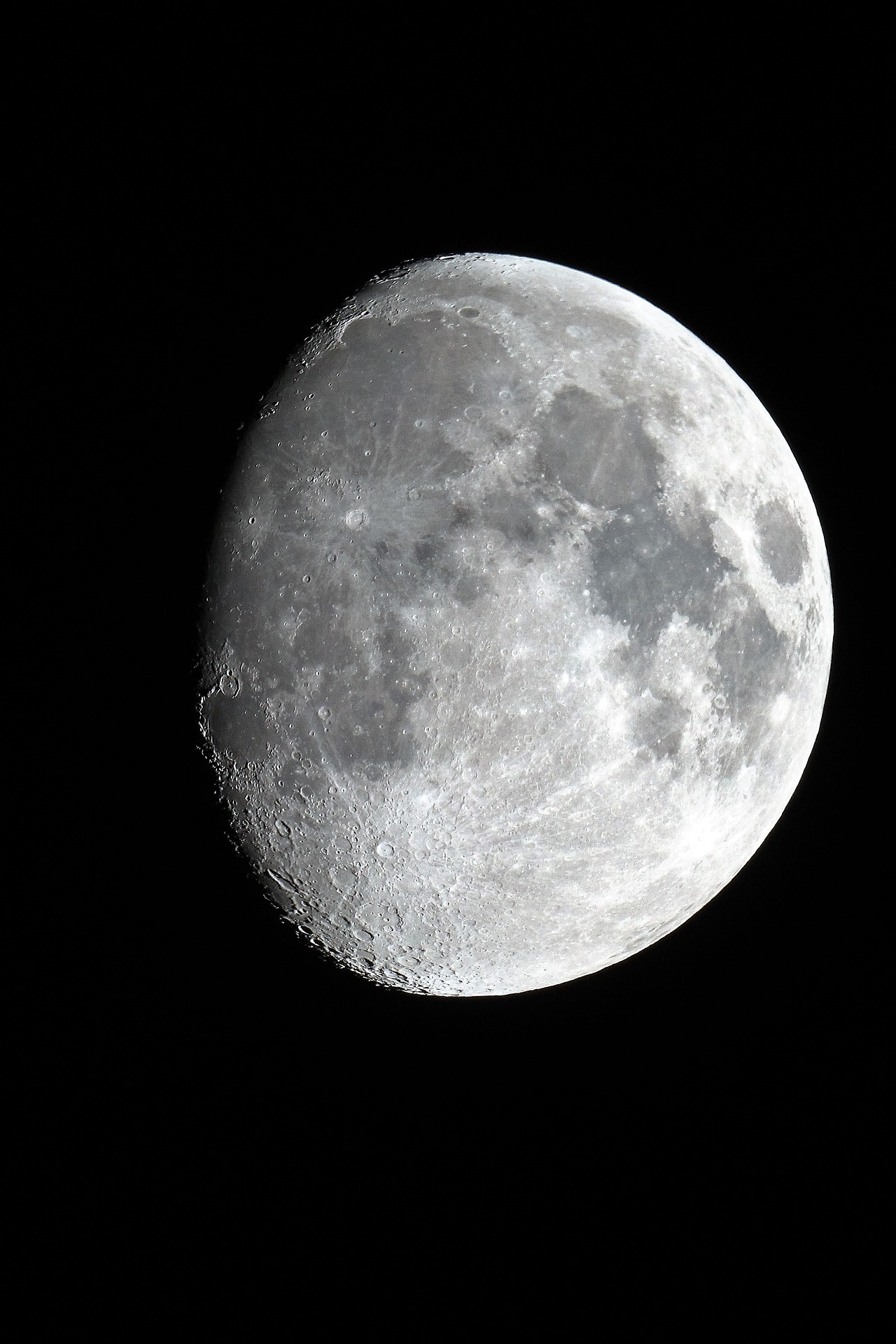Over the Moon
By Gabe Kraljevic
Posted on 2019-06-15
 What are some ways to improve my students’ understanding of the phases of the moon? Are there more inquiry-based activities for grade 2 students?
What are some ways to improve my students’ understanding of the phases of the moon? Are there more inquiry-based activities for grade 2 students?
—S., West Virginia
Popular activities like labelling handouts, cutting out paper or cardboard, and the popular (and tasty) turning cream-filled cookies into the different shapes only demonstrate that students can tell you what a waning gibbous or waxing crescent moon looks like. I add that these two-dimensional, hands-on activities may actually reinforce some children’s misconception that the moon could be flat!
Ask your students to observe the moon. What’s its shape, color, placement in the sky? Does it change during the day? Have them take photos or draw on calendars over a few weeks or months. The great thing: observe the moon during the day in your own school yard. Can they create a model that explains what they observe? [ Don’t worry if they don’t – western cultures didn’t really figure it out until Copernicus and Galileo came along.]
Conduct a demonstration by putting a projector at one end of a darkened classroom or, better yet, a large space like a library or gym. Have the students stand in a cluster in the middle with a large ball (Earth) and face the projector. Spinning in place they should discern how day and night occurs. With the students still in the middle, you walk counter-clockwise around the periphery with a ball representing the moon. They should observe and record the “Moon’s” lit and unlit portions at different points in your orbit. Change a variable—walk clockwise; create eclipses; spin the moon at different rates—and have discuss the effect.
Your students should understand that the phases of the moon are caused by it’s spherical shape reflecting sunlight as it orbits around the Earth.
Hope this helps!
Image by andrasgs from Pixabay
Disclaimer: The views expressed in this blog post are those of the author(s) and do not necessarily reflect the official position of the National Science Teaching Association (NSTA).


